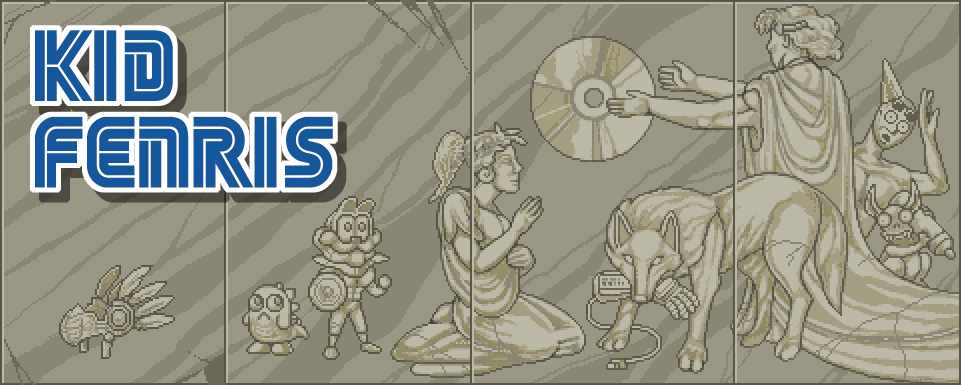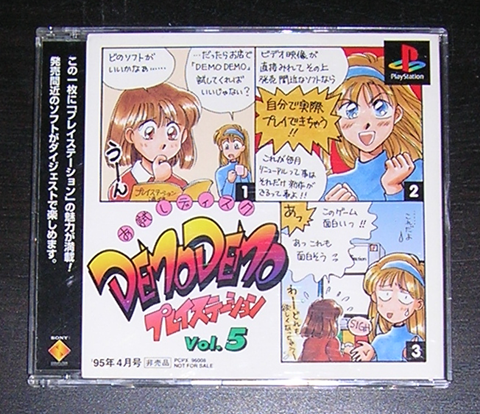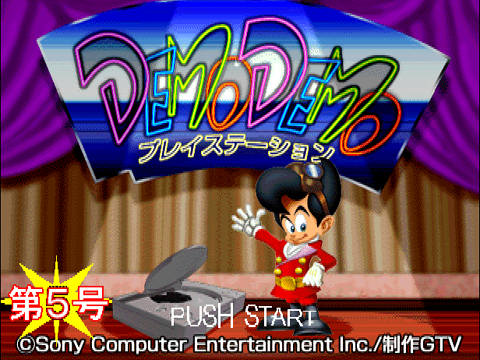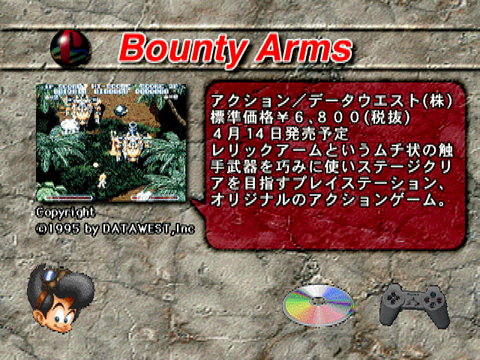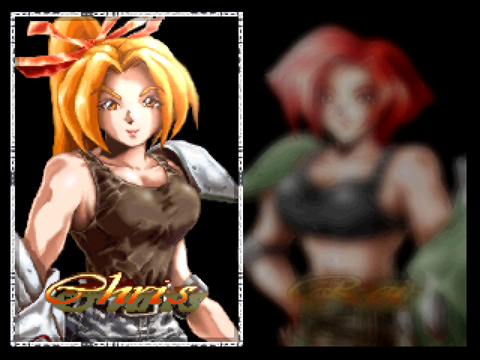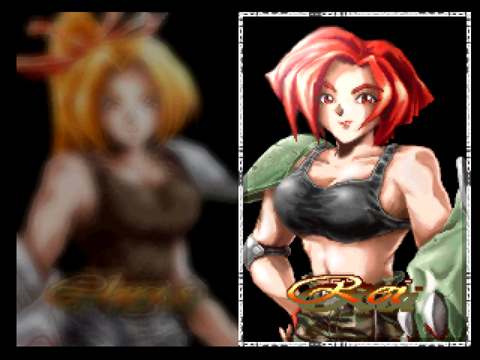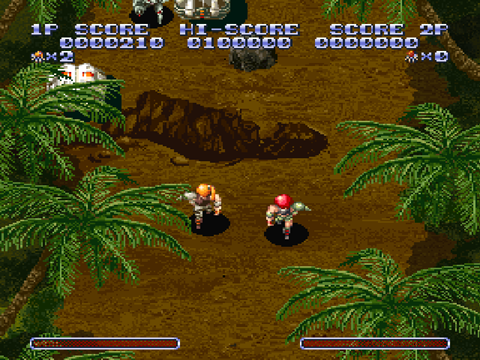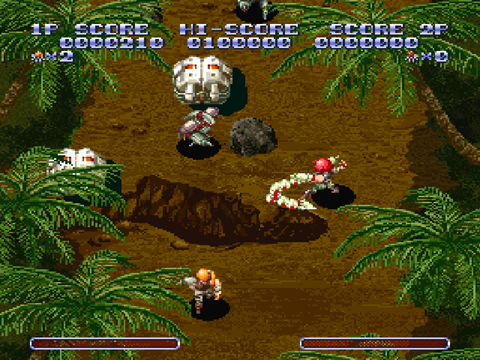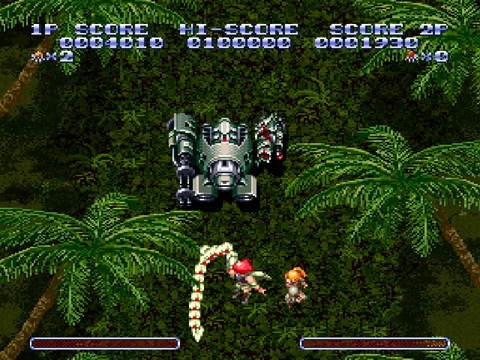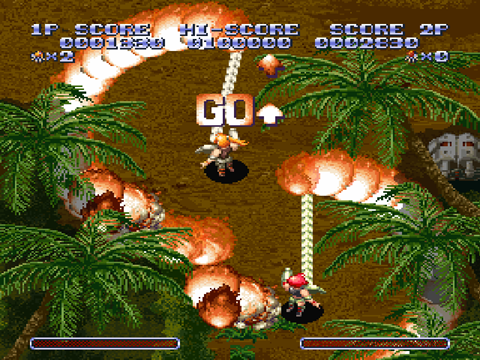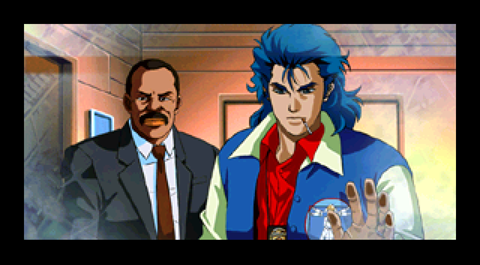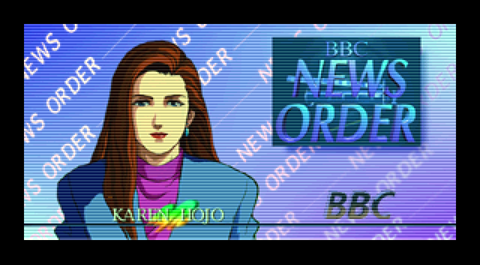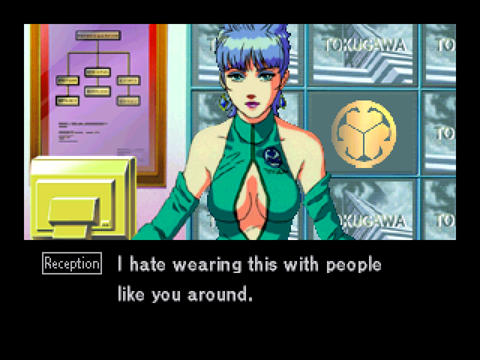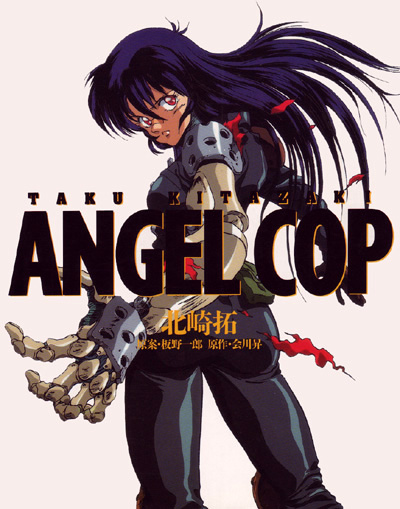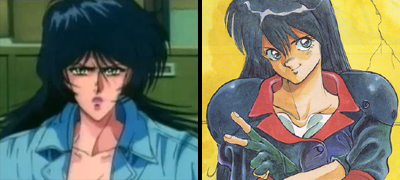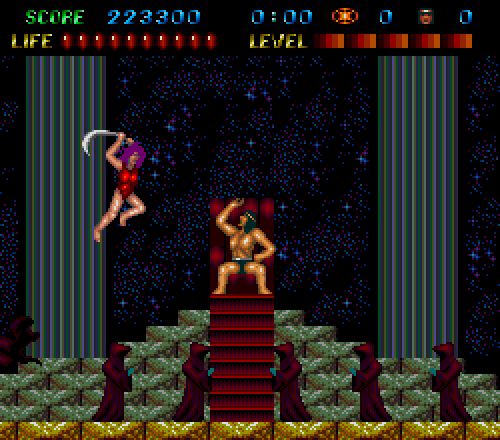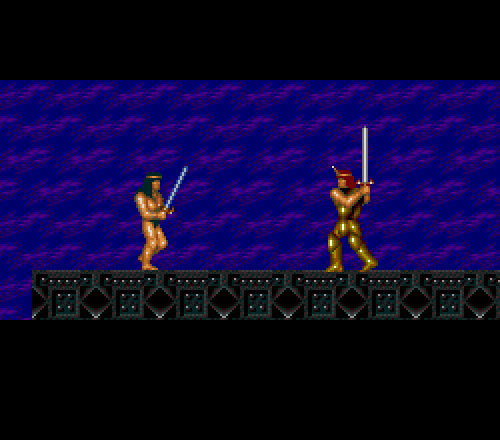Go Nagai is perhaps the most famous perv in the entire history of Japanese comics and cartoons. He rose to infamy in the late 1960s and early 1970s, when Japan’s manga-consuming public hungered for an author who would push the boundaries of comic superheroes, giant robots, and taste. Nagai was there, summoning floods of controversy with his risqué titles, and he didn’t stop with the schoolyard puerility of Harenchi Gakuen. He worked in all sorts of pulp fields, like a performance artist covering himself in robots and demons and naked women before writhing upon a huge, cheaply printed canvas. And the act paid off. Many of Nagai’s comics became industry staples and, of course, prominent animated series. Mazinger, Cutey Honey, Getter Robo, and other Nagai creations are now anime-industry legends.
You won’t find Violence Jack among those legends. Of course, it was successful enough to get a few dozen manga volumes to its name, and it's been relaunched about once a decade since its 1973 debut. Yet it’s never held in as high esteem as Nagai’s more enduring creations, and that may be due to the lack of Violence Jack anime. Companies took three shots at animating Violence Jack, and the results explain why no one else tried after that.
Conceived as a pseudo-sequel to Nagai’s Devilman comics, Violence Jack proved to be a muddled pioneer in post-apocalyptic manga. That apocalypse is a possibly Devilman-related earthquake which destroys civilization, leaving behind vicious remnants of humanity as well as whatever sex and violence Nagai cared to put on the page. It was likely this setting that drew in anime producers back in the 1980s, when Mad Max and Fist of the North Star brought disaster-ravaged worlds into style. Three Violence Jack OVAs were made by largely different production teams, and Manga Entertainment released them all in judiciously censored American form during the 1990s.
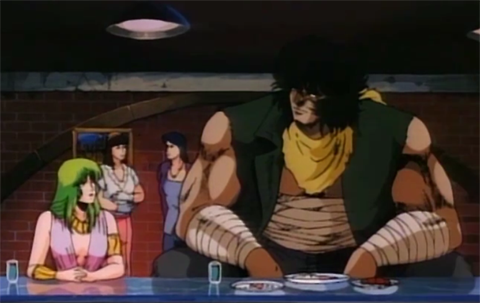
Perhaps noting the lack of continuity between the three episodes, Manga started their Violence Jack media blitz with the second OVA, Evil Town. I suspect Manga judged Evil Town as the most controversial of the three episodes, as well as the only one with a remotely interesting (if stupidly implausible) premise: in a city buried by an earthquake, pockets of survivors butcher each other while digging for the surface. Evil Town is also the only Violence Jack OVA put together by anyone important. It was directed by Ichiro Itano, famous for animating the whirlwind missile ballets of Macross, and written by one Noboru Aikawa. Noboru would later change his name to Sho Aikawa and work on The Twelve Kingdoms, Martian Successor Nadesico, and a series called Fullmetal Alchemist. At this point in his career, however, he was still trudging through porn and mediocre OVAs.
Itano prefers his anime gory and grim, so Violence Jack: Evil Town starts with a scruffy police officer named Kawamori gunning down a child for the heinous crime of stealing a ham. So goes life in the buried city's Section A, where politicians and cops ruthlessly strive to maintain order. The boy’s fellow ham thief seeks refuge among the stock 1980s post-apocalyptic bikers of Section B, who quickly murder him. No one quite cares back at Section A, though, because they’ve just dug a gigantic, glowing-eyed dude out of a wall.
Despite some subtle warning signs, Section A's oily leaders decide that the self-named Violence Jack is the answer to their prayers, and they show him off to the thugs of Section B during a big ol’ friendly down-home meet n’ greet. Jack grunts and stares impassively at Mad Saulus, the towering leader of section B, and his transvestite sidekick, Blue. This standoff is interrupted by the arrival of Section C, formed by women who were once raped and assaulted by the men of Section A. Here Itano and Aikawa could make a finely honed statement about the fragile nature of civilization, touching on how savagery and corruption invariably lurk within the halls of power. But no, they just show flashbacks of Section C’s women being violated.
